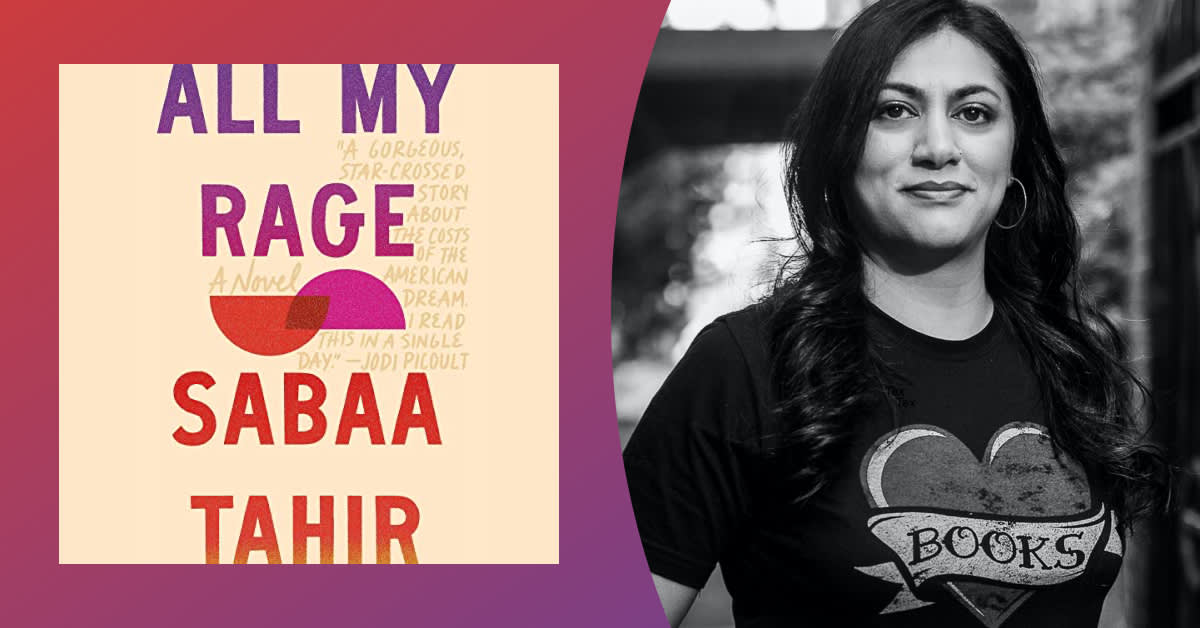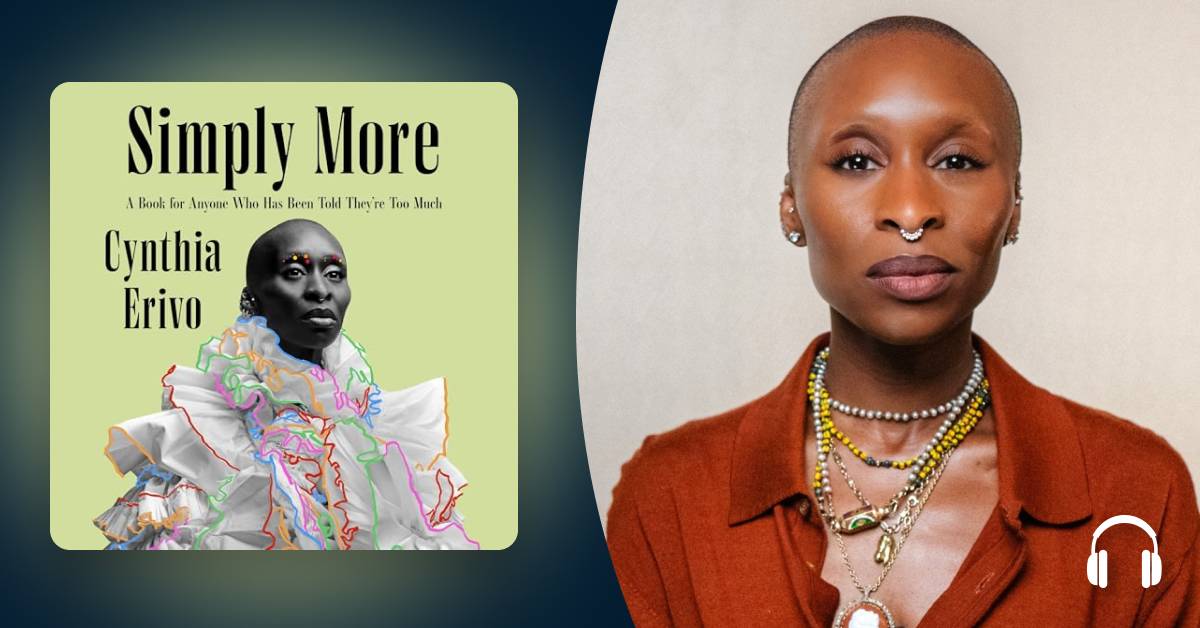In her YA series An Ember in the Ashes, Sabaa Tahir created an incredible fantasy world full of violence and secrecy that sucked you in and held you tight through four epic novels. When we learned that Tahir had written a new tale, we were expecting a new world to
explore, but we were surprised to learn that it was our world she was tackling. All My Rage is a contemporary YA novel that spans generations and continents, and explores the intertwining nature of pain and love in relationships. Here, Tahir sheds light on her process, the transition from fantasy to fiction, and why, ultimately, her stories are ones of hope.
What was it like transitioning from writing fantasy to writing fiction?
It was such a strange and challenging switch. I constantly had to remind myself that I couldn’t fix a problem with magic. Tensions can’t always come from battle scenes or big set piece moments. At the same time, my books at their core are really about hope in very dark times. That has sustained me through my own life, and seeing it in books meant so much to me as a kid. In that regard, the book was still at its core, a story of hope, which is a nice touchstone. When I was panicking that I didn’t know what I was doing, I’d tell myself, “this is just a story, like all the other stories. And you have to tell it honestly.”
Despite the differing genres, relationships remain central to your storytelling. What appeals to you about exploring interpersonal dynamics—whether they be romantic or platonic?
Like any storyteller, I love fictional drama, and the drama lives within the tension of interpersonal relationships. In real life, of course, such drama is miserable! But in the safety of a fictional setting, it allows me to examine what drives people, what they are moved by, how they betray each other, how they show loyalty. A million different things that are unique to humanity. So really, exploring interpersonal dynamics is me studying what it means to be human. That’s a question I will never get tired of.
How do you juggle multiple points of view while working on a story?
Effectively portraying multiple POVs always goes back to the wants and needs of the characters, as well as their history. All of those things inform how a character exists and moves in the world. I have a sense of all of these things with each character, and before I begin one of their chapters, I remind myself of it, so that I can make sure that their chapter is authentic to their voice. I tend to go by instinct as I write. Sometimes I move from narrator to narrator. But when I’m in a good groove with one narrator, I might write three or four of their chapters before switching to another.
You’ve worked with some incredible narrators—what’s it like experiencing your own words in this medium?
It’s remarkable! I did not realize how powerful an audiobook could be until I first listened to An Ember in the Ashes and found myself holding my breath during an early tense scene. After, I laughed because I wrote the book! How could I have been so nervous? But the audiobook narrators truly bring stories to life in such a visceral and profound way. Now, I always listen to an audiobook right after it comes out—it is the only way I can bear to reread my books.
Did you learn anything about yourself while writing All My Rage?
The most important thing I learned was the depth of my own strength. I wrote this book in isolation for more than a decade. It was nothing but a conversation I was having with myself and it required a great deal of patience and kindness. I’d never been a person focused on “self-love,” but this book required a great deal of love and hope to write. Love and hope for who I’d become as an adult. And love and hope for that little kid out in the desert who didn’t know how to deal with the difficulties that came her way, but who survived them, nonetheless.






